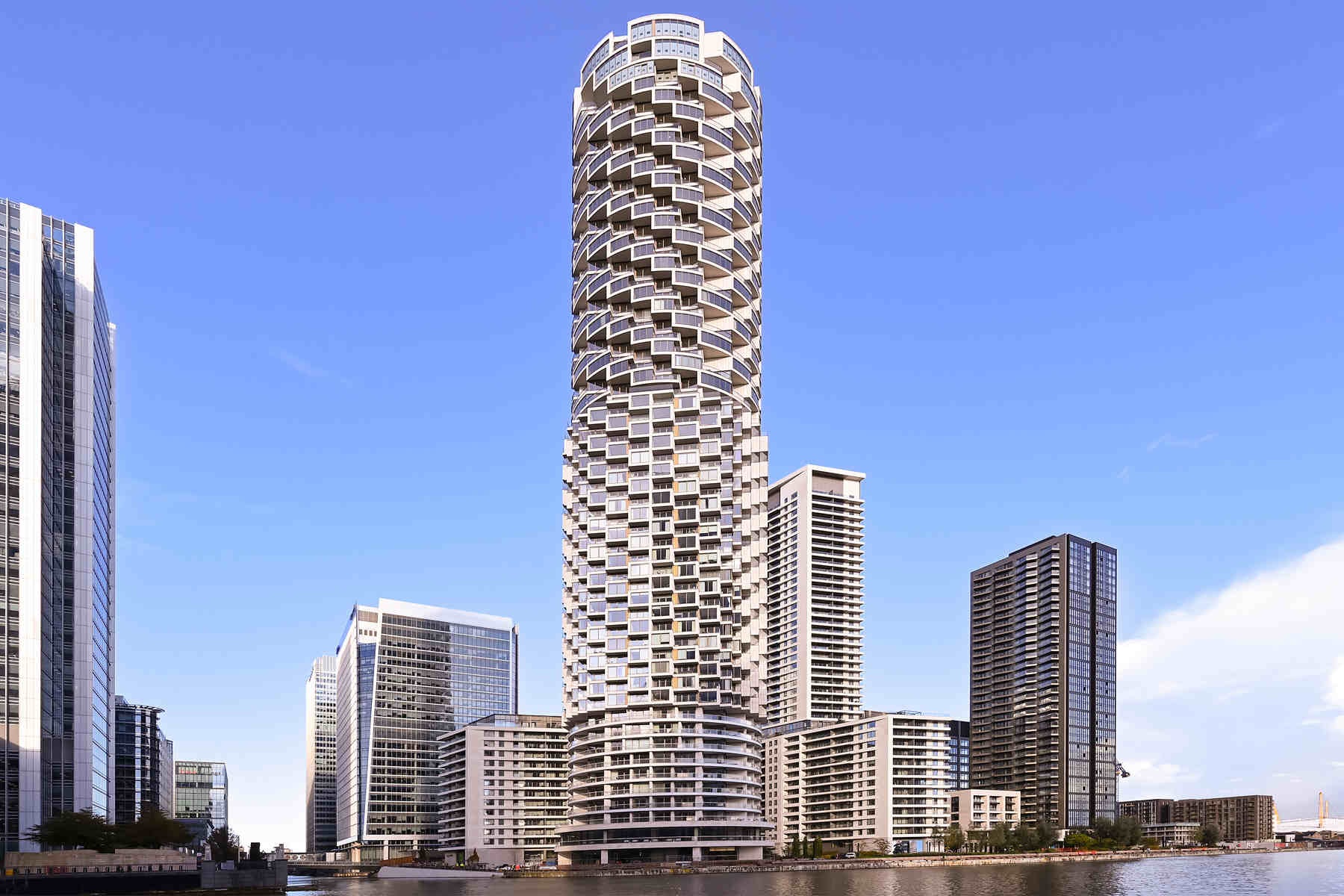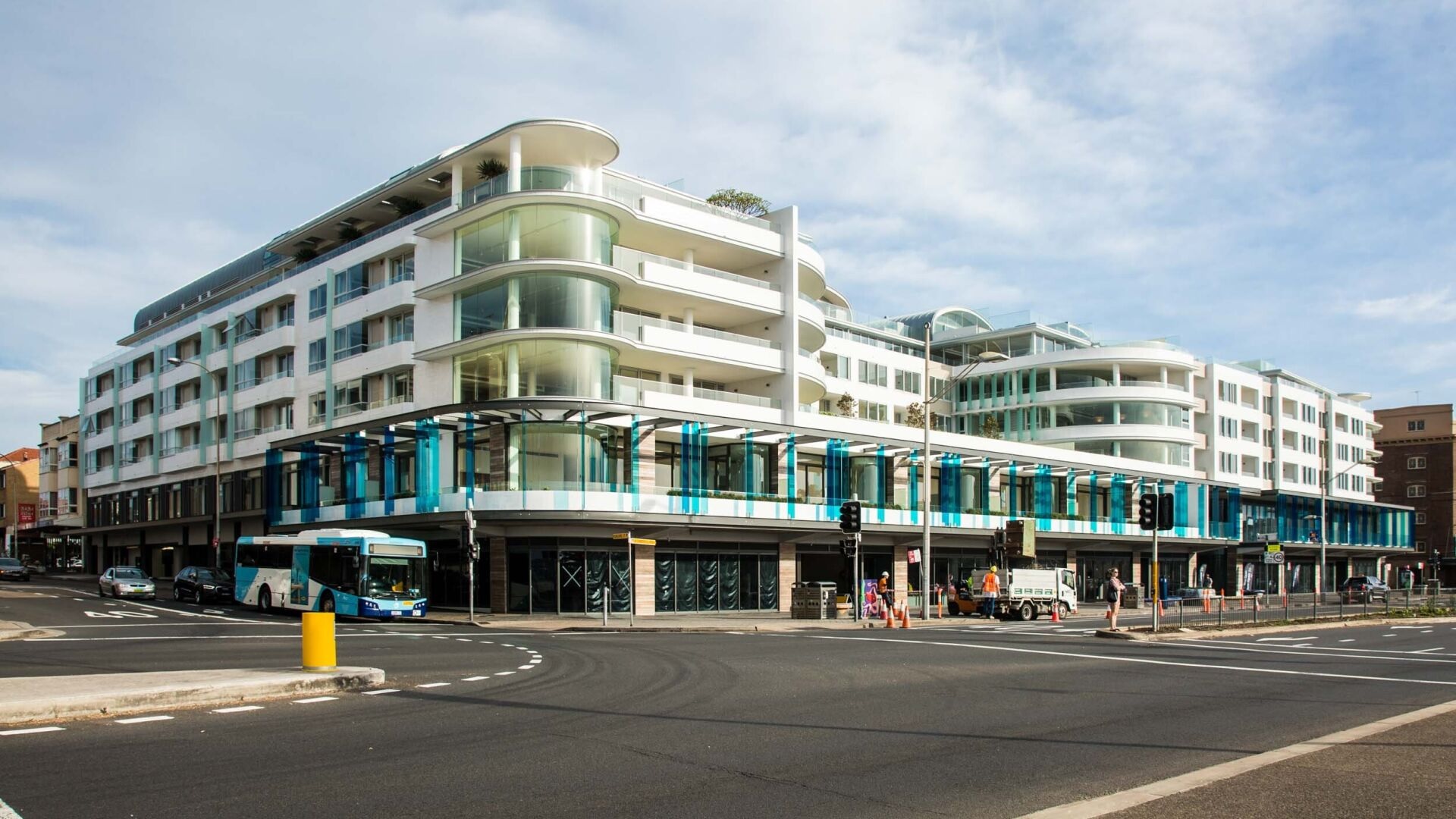The Equity Covenant: Investing in 2025’s Most Resilient Luxury Property Markets
LUXUO highlights prestigious residential developments in key countries that function as real-world indicators for the “Equity Covenant” idea in luxury real estate. It demonstrates that in each of these stable destinations, developer ambition and buyer demand for the highest quality product remain strong, fuelling ongoing transactions and securing the long-term value of these assets, particularly in these specific countries.
Introduction: The Equity Covenant

Prime property in the world’s established sanctuaries — from London’s stucco-fronted terraces to Miami’s towering condominiums — transcends physical asset class. It represents a strategic pact dubbed the Equity Covenant. This covenant is a symbiotic alliance between immutable legal frameworks, powerful demographic engines and deep pools of global capital. In an era of geopolitical flux, this principle redefines luxury real estate from a passive holding into a dynamic vehicle for capital appreciation. This analysis deconstructs the pillars of this covenant, revealing how the immutable laws of demand within the world’s most resilient markets forge and protect multigenerational wealth.
Act I: The Basis of Belief — Institutional Inertia

Legitimacy, rather than location, is at the heart of prime market value. The unrivalled commercial attraction of the United Kingdom and the United States originates from their centuries-old, unchangeable legal systems that enforce property rights with absolute power. This institutional inertia offers the assurance needed for generational capital commitments. In these nations, title is absolute and contract law is predictable, resulting in a foundation of trust that endures political cycles. This framework is the invisible architecture that allows equity to grow over time, transforming properties in London and New York into legally fortified vaults for global riches.

Current market conditions highlight this principle. While larger property markets are under pressure, the prime central London segment is demonstrating its traditional resilience, with values in the GBP 5 million+ (approx. USD 6.5 million) market remaining stable as of Q4 2024, according to LonRes, a premier independent network and data source for over 5000 leading property professionals in London and across the United Kingdom. This steadiness in the face of economic instability is related to its standing as a haven. Similarly, according to Savills’ January 2025 market study, “the weight of money targeting secure, tangible assets in stable jurisdictions remains substantial,” with a particular emphasis on premier residential real estate in gateway cities. According to Lucian Cook, Head of Residential Research at Savills, “The prime London market is ultimately underpinned by its global safe-haven characteristics, which consistently attracts international capital over the long term, insulating it from purely domestic pressures.” This is not speculative fervour; rather, it is a smart deployment of wealth to jurisdictions where the rule of law is the ultimate safeguard of value.
Act II: The Transatlantic Engines — Flight to Quality and Fiscal Allure

Global capital flows and strategic domestic migration are the primary drivers of equity growth. Prime assets in London and New York consistently have a negative connection with local economic volatility, acting as sponges for foreign liquidity during periods of uncertainty. Concurrently, in the United States, a fundamental recalibration is happening. The Sun Belt states, particularly Florida and Texas, have become hubs for an internal migration of high-net-worth individuals, fuelled by favourable tax regimes and thriving tech and financial sectors. This dual-thrust dynamic — global capital seeking safe havens and domestic wealth seeking fiscal efficiency — generates a robust, multilayered demand base that drives prices indefinitely.
This structural transformation continues to have a powerful impact. According to late-2024 data from the National Association of Realtors, Florida has solidified its position as the top domestic migration destination, which is a primary driver of the luxury segment’s continuous price growth. Meanwhile, Miller Samuel’s Q1 2025 initial market study reveals that, while the excitement has subsided, the Miami market is “normalising toward a new, higher baseline,” with top-tier inventory remaining tight. “The pandemic-era migration was a catalyst, not an anomaly,” says Jonathan Miller, the President and CEO of Miller Samuel.

“The fundamental appeal of low-tax, high-amenity Sun Belt markets has been permanently reset in the minds of a new generation of affluent buyers.” This trend illustrates that the Equity Covenant is not monolithic; it adapts, finding new vigour in the fiscal frontiers of the American South as assuredly as in the historic heartlands of London.
Act III: The Symbiotic Cycle — Demographics as Destiny

Demography is the most powerful and frequently underappreciated driver of the Equity Covenant. The value of a property is determined by the economic strength of its potential tenants. In the world’s leading cities, the concentration of high-value industries — technology in Austin and Sydney, banking in New York and London — creates a self-perpetuating demand cycle. These are not just real estate markets; they are talent marketplaces. The influx of highly compensated professionals maintains premium rental yields and offers a solid foundation for capital values, ensuring that equity growth is driven by genuine economic activity rather than speculative froth.
This dynamic is still supported by the labour market’s recalibration following the pandemic. The Australian Bureau of Statistics’ data for the end of 2024 reveals that professional services employment in New South Wales has surpassed pre-pandemic levels, directly sustaining demand in Sydney’s central core. Similarly, despite a reversal in the tech industry, reports from the Urban Land Institute in early 2025 highlight Austin’s long-term demographic and economic development projections as among the strongest in the United States, owing to its established ecosystem of innovation and talent.

“The link between high-value job creation and prime residential demand is more explicit than ever,” observes Dr. Nicola Powell, Chief of Research and Economics at Domain. “We are seeing a ‘clustering effect’ where talent and capital concentrate in specific global hubs, creating a durable and self-reinforcing demand base for housing that insulates these markets from broader downturns.”
This symbiotic relationship between the labour and property markets completes the Equity Covenant by converting real estate into a direct equity share in a region’s human capital and future economic output.
Conclusion: The Unassailable Balance Sheet
The Equity Covenant stands not as a promise of endless, spectacular growth, but as a guarantee of resilience and reasoned appreciation. In the ultimate analysis, premier property in these established areas serves as a strategic, tangible balance-sheet item. It is an asset whose worth is secured by the unbreakable trinity of legal certainty, strategic population influx and its role as a perpetual global safe haven. While specialty markets provide momentary drama, the long-term narrative is etched in the steady upward trajectory of London, New York and their counterparts.
Equity is not simply collected in this case; it is institutionalised, providing a source of stability in an otherwise turbulent universe of investment prospects. The covenant is upheld, rewarding those who invest not only in property but also in the fundamental systems of the modern international order.
For more luxury property reads, click here.
The post The Equity Covenant: Investing in 2025’s Most Resilient Luxury Property Markets appeared first on LUXUO.






